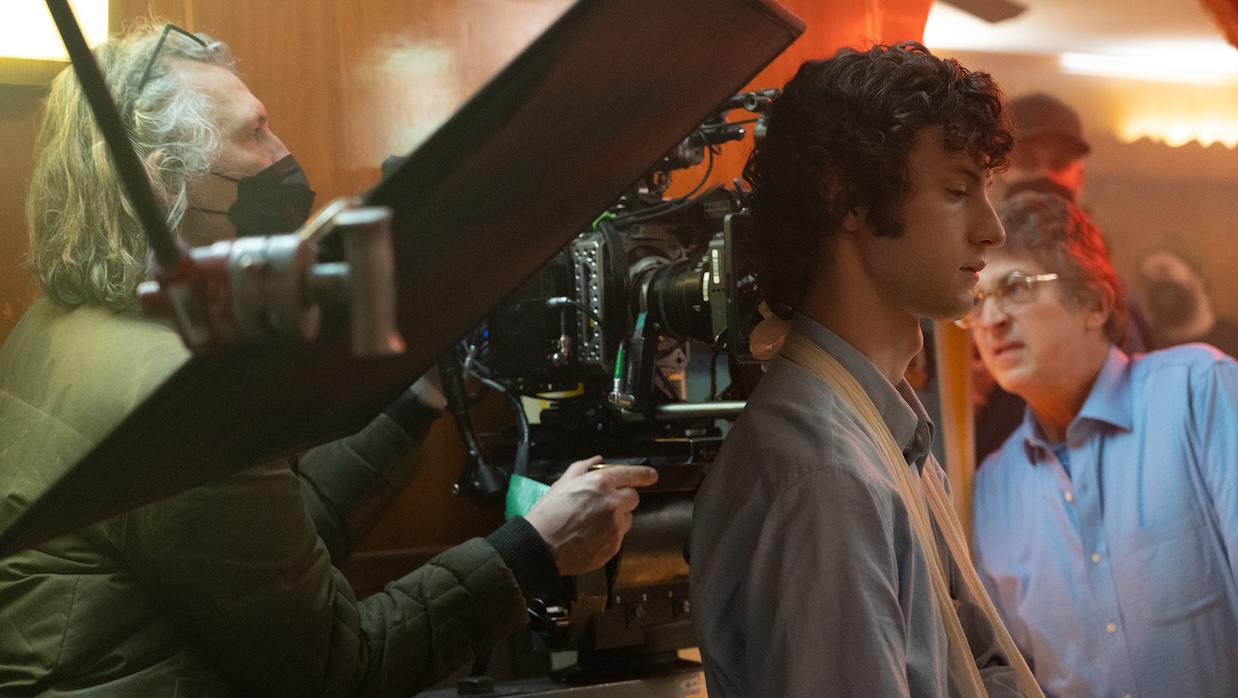A working digital colorist or cinematographer in 2024 is likely all too familiar with one particular question: “Can we get the ‘film look’?” A decade into the age of digital sensors as the increasingly dominant and default shooting format, filmmakers at all budget levels are increasingly looking back at celluloid for inspiration. Phenomena once seen as drawbacks to be minimized—grain, chromatic aberration, anamorphic distortion, lens flares, halation—have not only become desired, but, if hordes of YouTube camera gurus are to be believed, “cinematic.” That is,
these elements associated with
this particular image formation workflow are essential to what constitutes “cinema,” a form that within this logic reached its textural apex in Hollywood at some point in the 1970s. A sort of textural neoclassicism has taken hold.
Publication with a focus on independent film, offering articles, links, and resources.

filmmakermagazine.com


